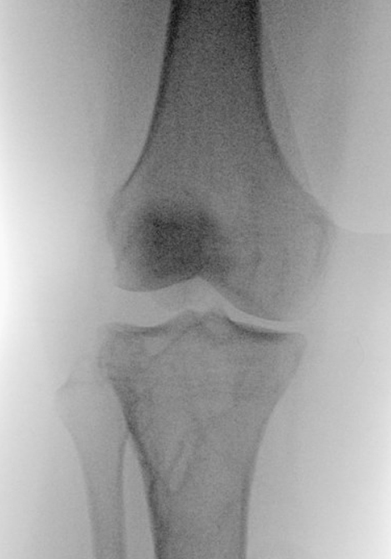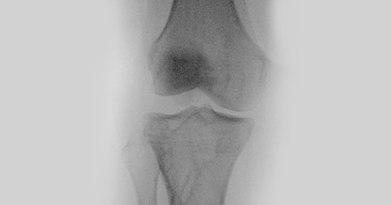Author: Austin Atkins, MD
Published on: 8/3/2023

In general, the posterolateral corner (PLC) is a complex of two ligaments and one tendon located on the outside of the knee. The popliteus tendon runs from the back of the tibia (shin bone) to the outside of the femur (thigh bone). The lateral collateral ligament (LCL) runs from the femur to the fibula (outside lower leg bone) and the popliteofibular ligament runs from the popliteus tendon to the fibula. The PLC prevents the knee from bowing out and provides rotational stability to the knee along with the anterior cruciate ligament (ACL) and the posterior cruciate ligament (PCL).
Causes of PLC injuries
PLC injuries are often sports related injuries that can be caused by non-contact twisting injuries to the knee or by direct blows to the knee. Injury to the PLC can be isolated, or it can be injured in addition to other ligamentous knee injuries. Often the PLC is injured in conjunction with an injury to the ACL or PCL.
Symptoms of PLC injuries
When you injure your PLC, you may feel immediate pain and feel as if your knee has given way. You may feel instability or buckling when trying to walk, and you may notice that your knee bows out when walking. You can also stretch your peroneal nerve during a PLC injury, which can lead to a foot drop (inability to raise the foot off the gas pedal).
Diagnosis of PLC injuries
Diagnosing PLC injuries is made by a combination of medical history and physical examination of the knee. Diagnosis is often times confirmed by additional diagnostic imaging studies such as X-rays, MRI studies, and stress X-rays. As mentioned earlier, the PLC is often injured along with injuries to the PCL or ACL. It is important to recognize and diagnose PLC injuries when they occur with an ACL injury. A missed PLC injury can be the reason for ACL reconstruction failure when the ACL and PLC are both injured.
Treatment of PLC injuries
Treatment of PLC injuries can be either non-operative or operative depending on the extent of injury and activity level of the patient. If your PLC injury is only partially injured and no other ligaments are injured, then often times your surgeon will recommend non-operative treatment with immobilization of the knee with a brace for a period of time. In addition, your doctor may recommend rest, ice, compression, and elevation (RICE protocol) to control pain and swelling. Following the bracing, your surgeon will recommend rehabilitation with physical therapy to improve knee motion, strengthen the muscles around the knee, and return you to your previous level of function.
If you are an athlete and sustain a complete injury to your posterolateral corner, then your surgeon may discuss surgical intervention to restore stability and function to your knee versus conservative care. The typical surgery for PLC injury is PLC reconstruction to restore the stability of your knee. Surgery is performed by making an incision along the outside of your knee that is about 10-15 cm in length. During the surgery, your doctor will replace the torn structures with a tissue graft that can be obtained from your own knee (autograft) or more commonly from a donor (allograft).
After your surgery, you will begin a rehabilitation protocol with physical therapy to regain motion of the knee and strengthen the muscles around your knee in order to get you back to your activity.







